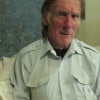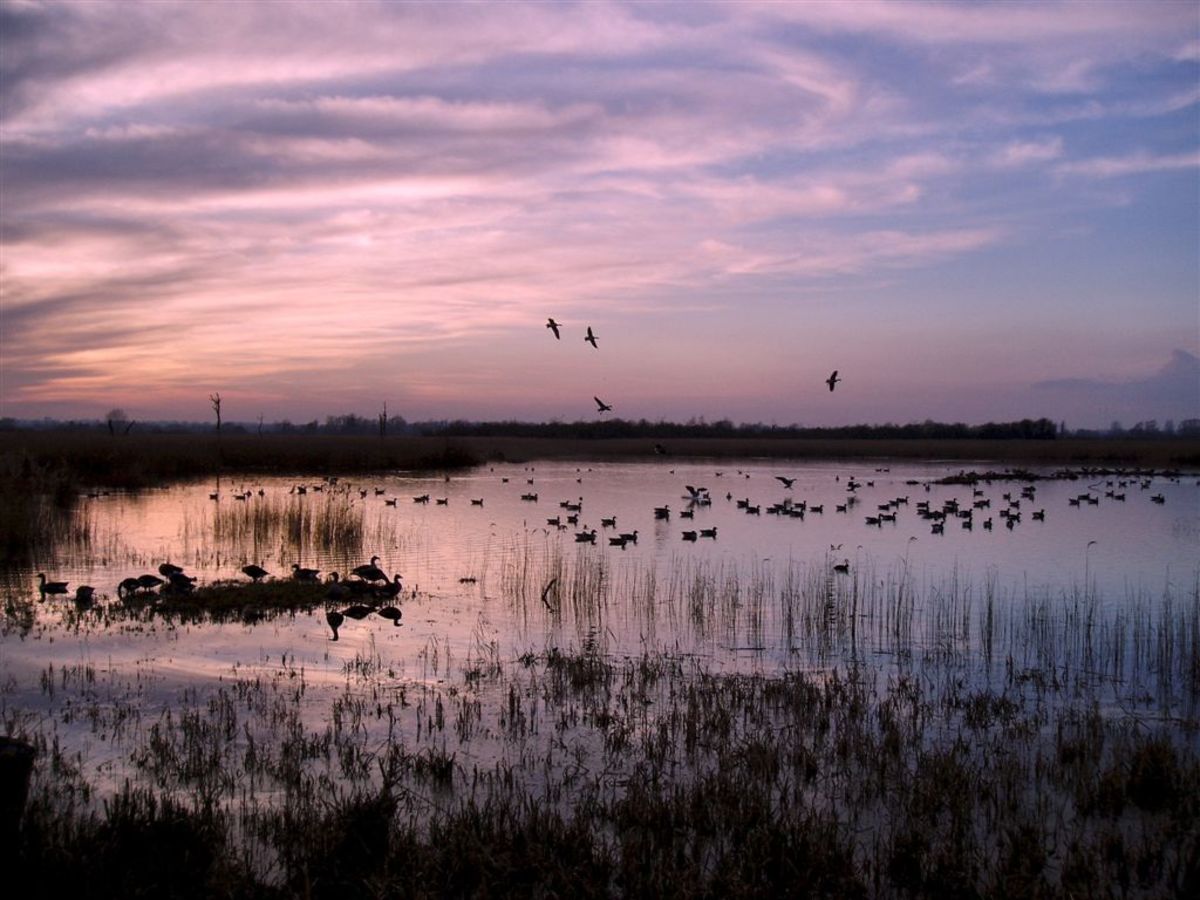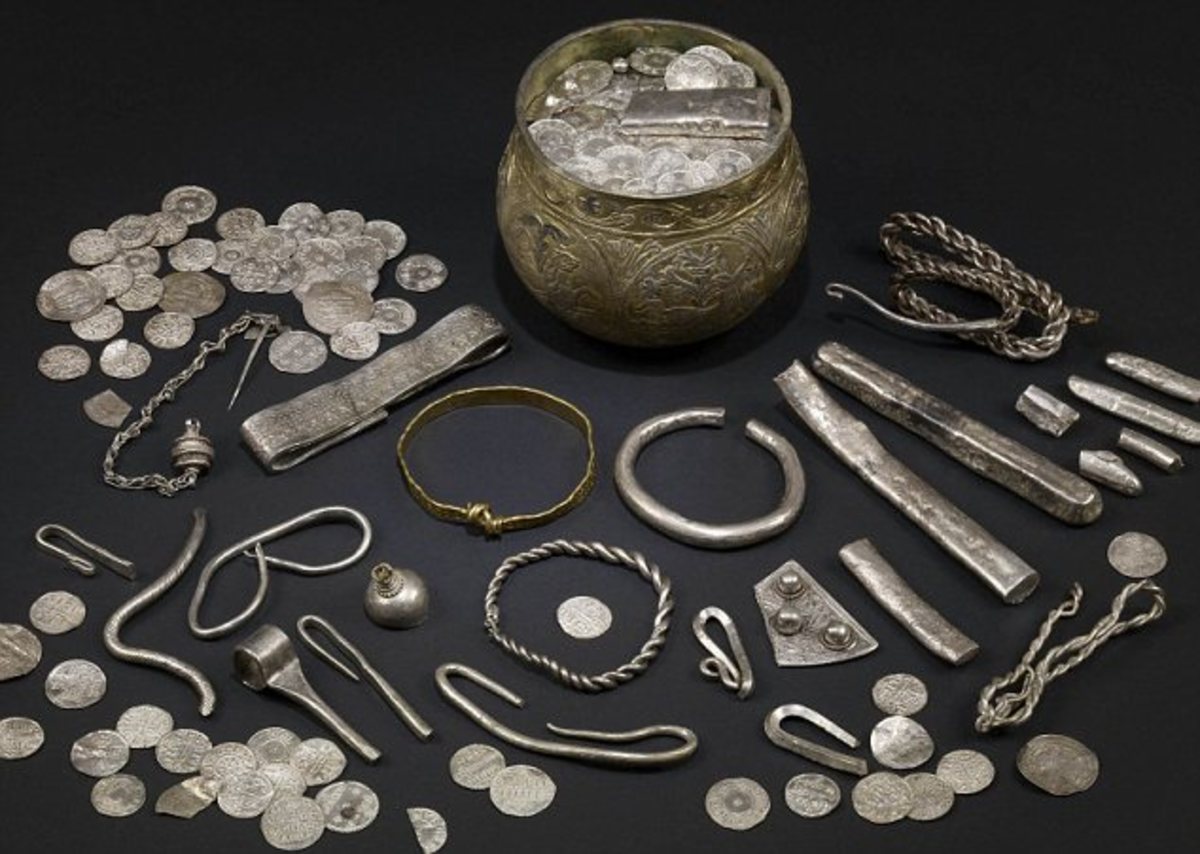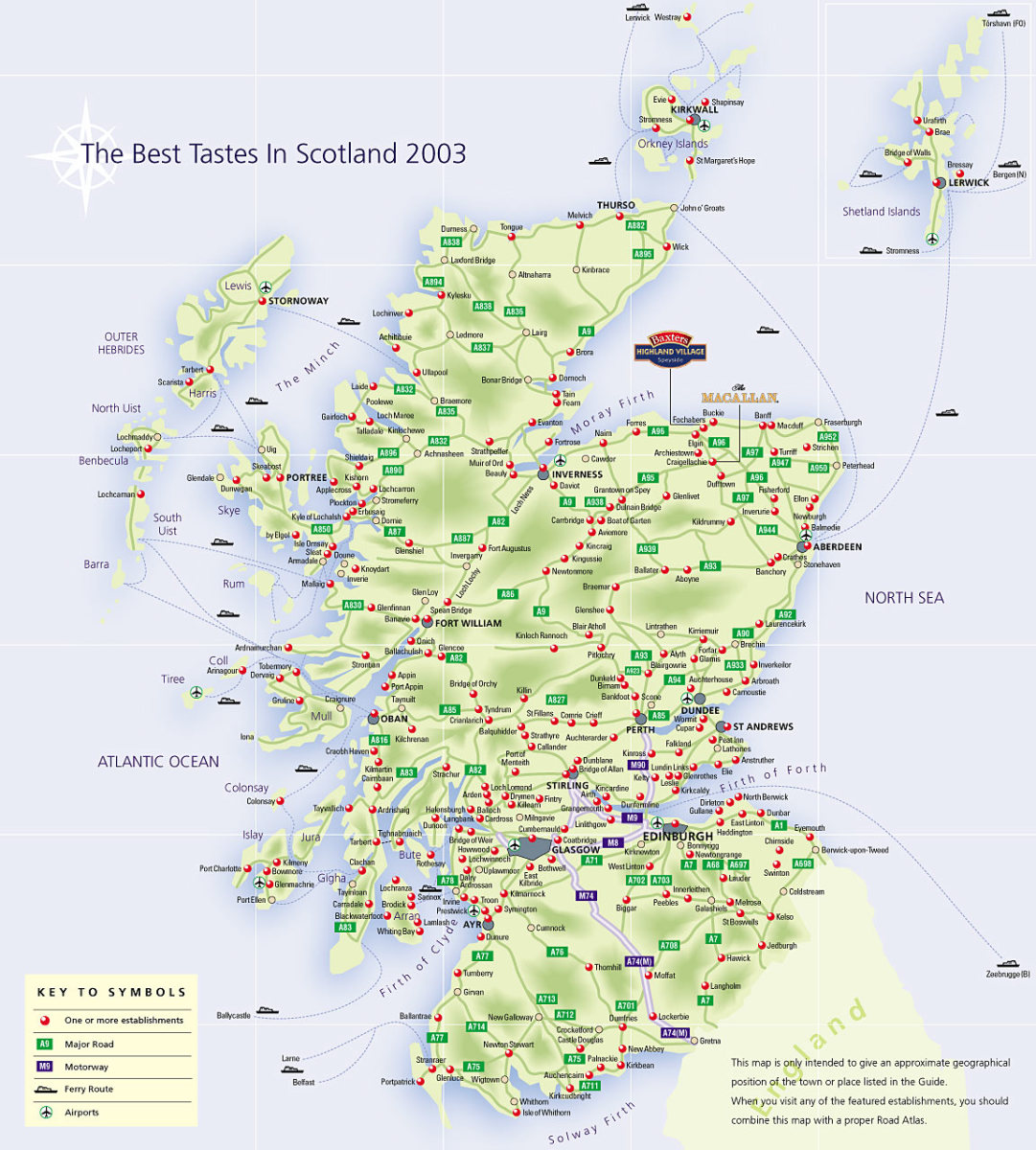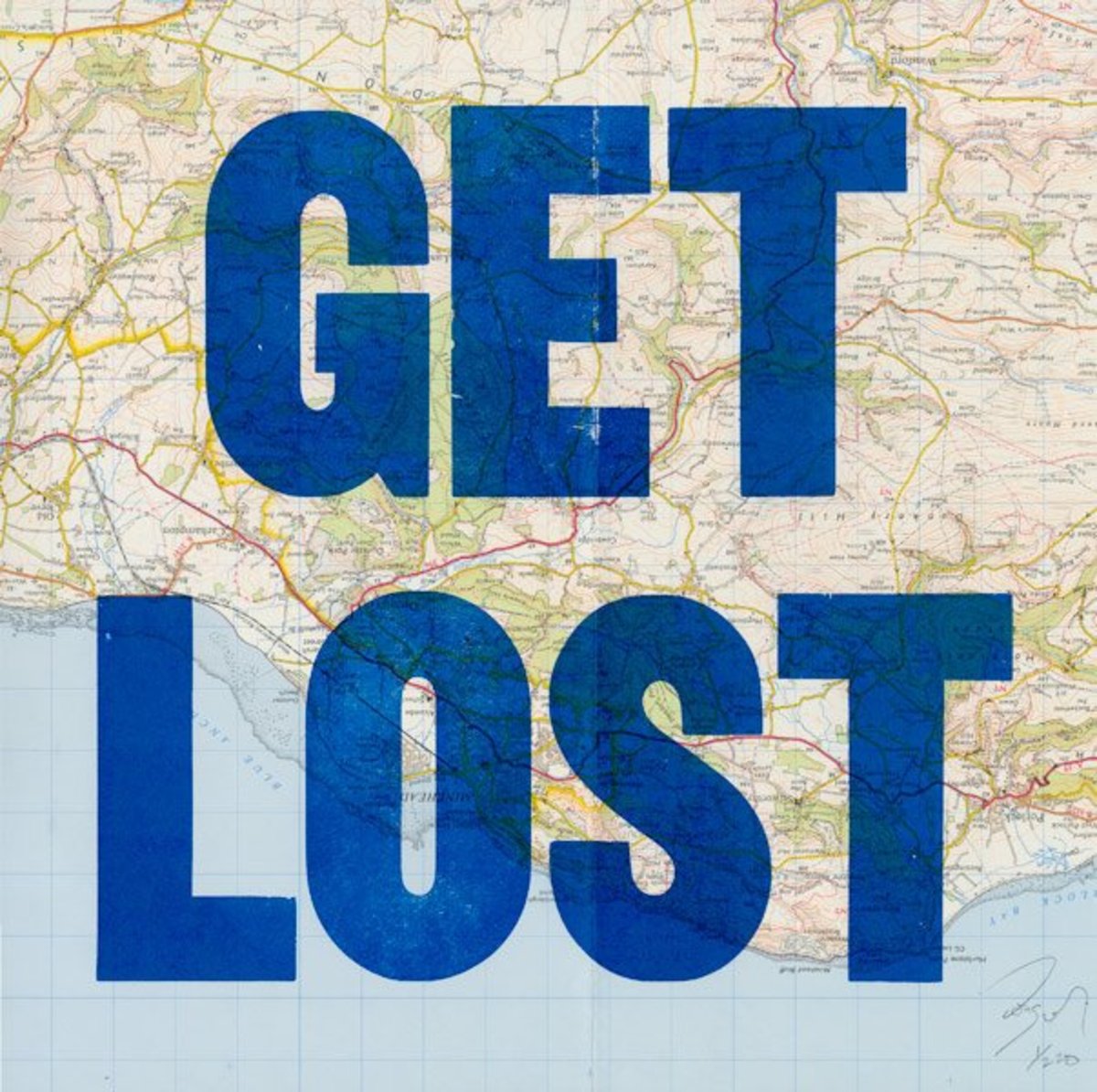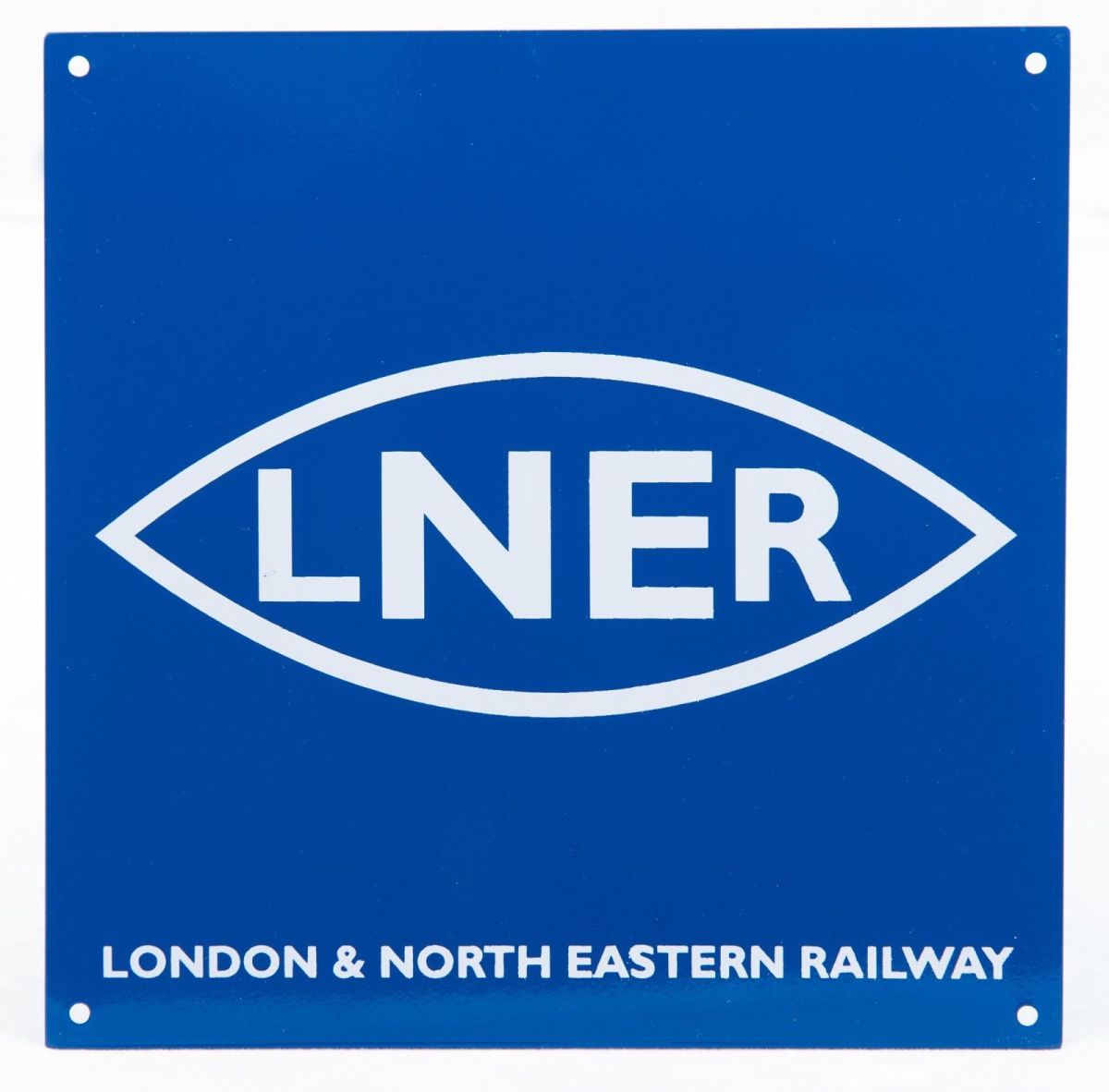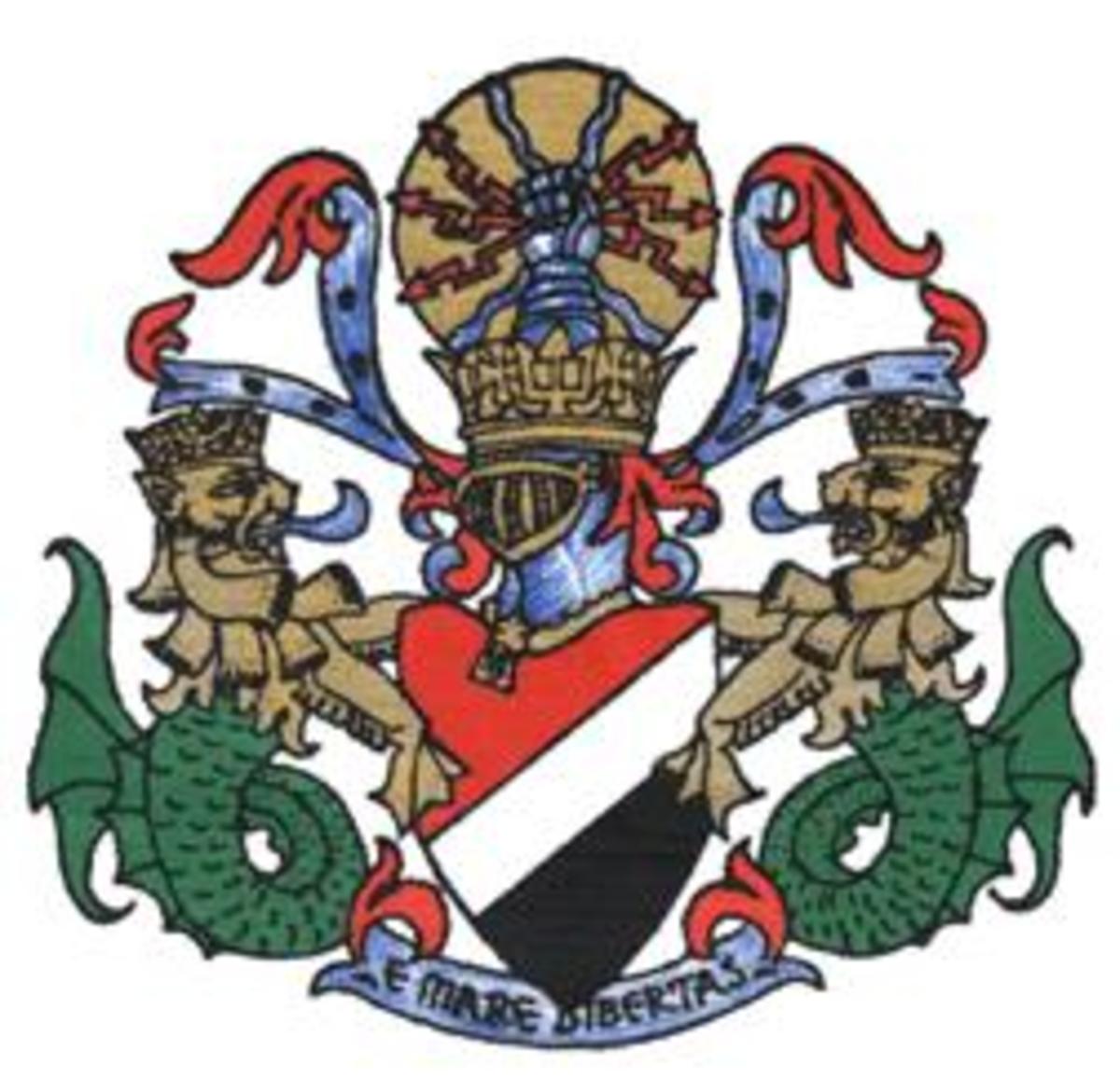Conquest - 22: Drawing Eadgar out of Hiding - William Lures the 'Aetheling' South From Scotland
Eadward's rightful heir was seen as too young in 1065 when the Witan chose Harold, who had been 'sub regulus' for at least a decade
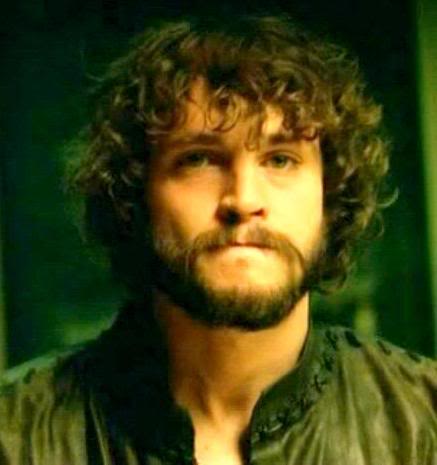
King William's last task, now all rebellion had been crushed in England, was to bring the rightful heir, Eadgar the 'aetheling' back to the 'fold'.
He felt there was no more likelihood of a threat from within his own kingdom. There was still a threat, from beyond Berwick, but it did not come from Scotland's king. A campaign was nevertheless launched to bring King Maelcolm 'Canmore' to heel, to sign a treaty that would force him to stop harbouring potential rebels who might cross the border and upset the newly-won equilibrium within the infant Norman-English state.
True, the Scots still raided sporadically across the border and more than once Maelcolm played host to the aetheling. He was, after all, married to Margarethe, sister of the young heir to Eadward's throne, and probably felt he owed her the honour of some support for her brother's cause. A real threat came from Eadgar's English supporters hiding out of reach, as they thought, across the border. Chief amongst these was Gospatric, himself Lord of Annandale in the north-west (the kingdom of the Strathclyde Britons had posed a threat to Northumbrian kings in the past, and now the territory was ruled by the Scottish king. Robert the Bruce would later hold the lordship of these lands, his descendants still do. With Gospatric were a number of Northumbrian nobles such as Maerleswein, formerly Harold's shire reeve of Lincolnshire and landowner in Yorkshire, and Earl Waltheof - also linked by blood through his mother to Gospatric.
Following the pattern of his campaign in AD1071, but on a grander scale, William ran a combined land and sea offensive towards Scotland. This also followed the pattern of an earlier campaign led by Earl Siward 'the Dane' two-and-a-half decades earlier to put Maelcolm on the throne of Scotland under orders from King Eadward.
William's great army advanced along the Great North Road and the Northumbrian coast shadowed by the fleet in the way Siward had done against Macbeothen (Macbeth) - and Harold eight years later against Gruffyth in Gwynedd. Limited by his resources Maelcolm could not hope to fight back a seasoned naval and cavalry force in such numbers as William was able to field. However, the combined Anglo-Norman land force had to follow the deep 'gash' of the Firth of Forth from the coast inland to Stirling as the Scots fell back. The king was re-united with his fleet at Abernethy on the River Tay, where Maelcolm made his submission. Although this by no means ended the threat of the Scots' raids on Northumbria, William's campaign ensured Maelcolm would no longer harbour English political refugees considered dangerous to the stability of his kingdom. Incidentally, one of the Englishmen leading his own contingent in William's command was Eadric - no longer 'the Wild' he was in AD1067/8.
For the rest of his reign William was kept busy with insurgents in and around Normandy. Aside from an emergency when word of an invasion from Denmark reached him - King Knut 'the Holy' was pursued and slain by his own nobles at Odense Cathedral and the expedition called off - he felt his presence was not needed in England. He left the running of the kingdom to his deputies.
[William met his maker after sacking Mantes in a bloody campaign. The town was ablaze and his frightened horse stumbled on hot embers on a cobbled street. A by now corpulent Wiliam was thrown forward in his high-fronted saddle, rupturing his spleen. He was taken to Caen where he lay for days in agony, surrounded by his nobles and confessing his sins to his priest. He gave his remaining hostages their freedom and died on September 9th, AD1087. The nobles hastened back to their estates, fearful of the king's equally grasping son taking their lands in their absence or the Frankish king Philip using their absence to enrich himself].
Siward 'Bearn', taken and imprisoned by William along with Earl Morkere and others after the siege of Ely in 1071, was freed and left England quickly. He thought William 'Rufus' might change the order and imprison him again - as happened with Morkere. With friends and followers Siward travelled east for Byzantium to join the Varangian Guard of the emperor Alexios Komnenos. He was given land in return for his services to the east of the Crimean isthmus, named by them as 'Little England' - judging by current place-names, there is little evidence of their existence. As the bulk of the Crimea lay within the Byzantine Empire, it is feasible that land was given or at least parcelled out in reward for the Englishmens' military services.
Harold's youngest brother Wulfnoth was also released and lived out the rest of his days in cloisters at Winchester, possibly eventually taking the cloth. He died in AD1094 at the age of fifty-eight. Harold's youngest son Ulf (or Wulf, as some sources name him) had been taken hostage by William along with King Maelcolm's son Duncan. They were freed by William's eldest son Robert 'Curthose', and knighted before leaving Normandy - possibly for Scotland. Ulf was not heard of again, but it can be taken he joined Duncan.
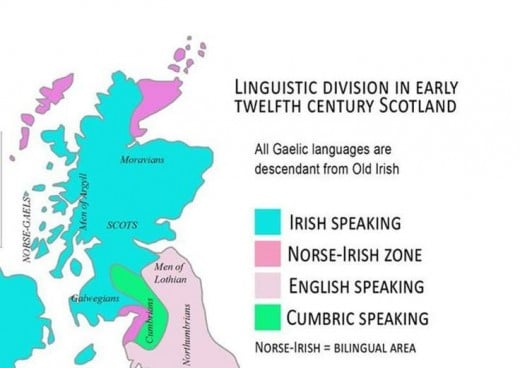
Why did William want Eadgar within reach?
Eadgar was the legitimate heir to the childless KIng Eadward, the last in the Wessex bloodline of the warrior leader Cerdic. Maybe William feared he would make a martyr of Eadgar the aetheling if he treated him harshly. Also, Eadgar was a blood relation to Eadward, as was William, although William was closer (being nephew to Emma, both being offspring of Duke Richard 'the Fearless)'.
His father was the grandson of Aethelred 'Unraed' by Aelfgifu, and the childless old king's namesake, scion of the Wessex line through his father Eadmund 'Ironside', sent away with his brother - and father's namesake - Eadmund by Knut 'the Great', to Sweden. Both found their way to Holmgard - Novgorod - to the court of Jaroslav or Yaroslav, and eventually Koenungagard - Kiev - where they made friends with another exile, Prince Andrew of Hungary, son of the old (Saint) Stephen.who had been sidestepped to put Paul, a Roman Catholic nephew of the German emperor Henry on the throne. Eadmund and Eadgar helped Andrew to the throne of Hungary, to be rewarded with land and castles in the west of the kingdom near Lake Balaton. Eadward was sent for by Eadward. That is a saga in itself, explained in the book, 'The Lost King of England' by Gabriel Ronay.
Eadgar was seen by the nobility as a figurehead, and many thought of Harold as being a usurper even though he acted in the best interests of the kingdom. William saw Harold's taking of the throne as a personal affront, not as acting king. Would Harold have handed over the reins when he considered Eadgar as being 'of age'? Certainly William saw himself as Eadward's heir, not as caretaker king for Eadgar. His motives for courting the aetheling's favour were solely from self-interest, everyone saw. He perhaps saw Eadgar as a 'pet' to whom he extended a 'pension', which to the Normans' horror the youth spent on a thoroughbred horse! (Shock, horror. The Normans had never seen such extravagance! They did not know the English, who even then were given to gambling and 'splashing out' on rich gifts to friends or lords).
Next - 20: Incomers and Continuity
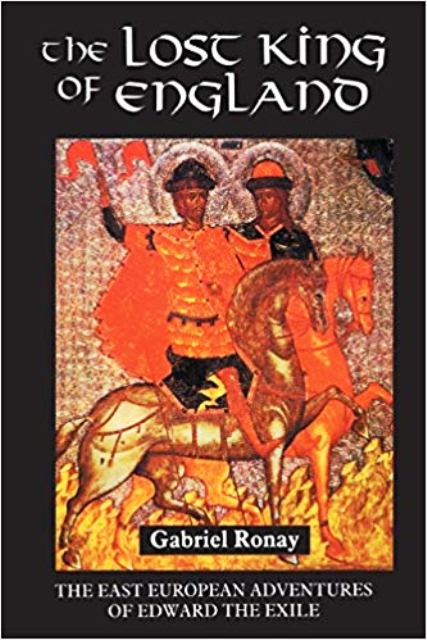
Gabriel Ronay takes us from the campaign Eadmund 'Ironside' led against Knut in 1016. After his death sons Eadmund and Eadward were sent by Knut to Sweden, to 'disappear'. They were instead taken to Novgorod and Kiev, where they met Hungarian prince Andrew, heir to King Stephen, who when they were old enough, asked them to join him to claim his crown and inheritance.
A riveting read that unearths information from different sources. See the threads come together to form a tapestry of intrigue and fighting for his right to the kingship taken from him once by Harold and again by William.
© 2012 Alan R Lancaster
